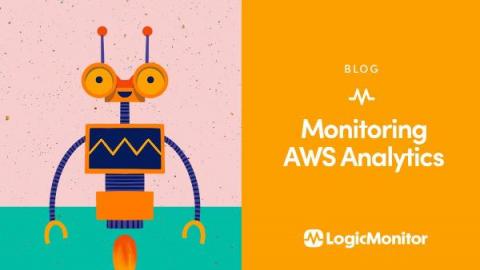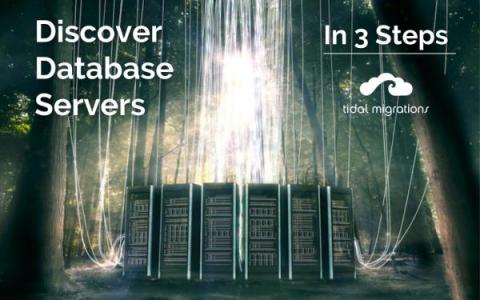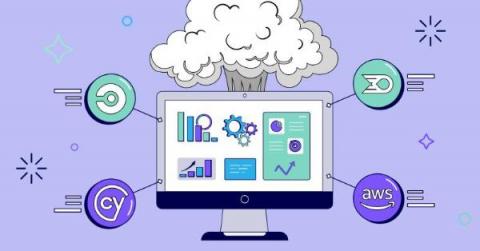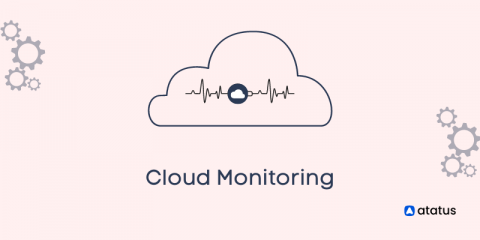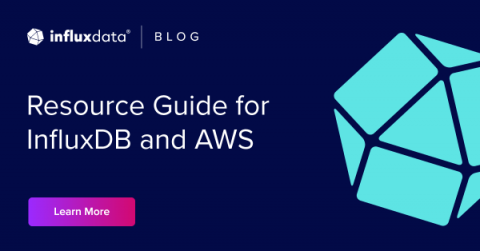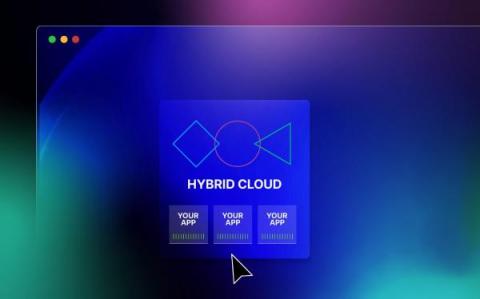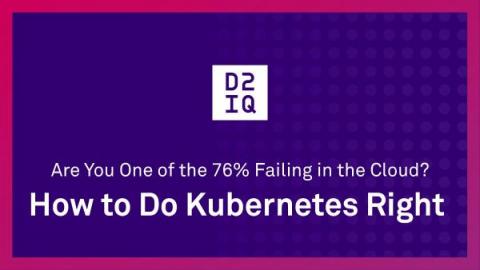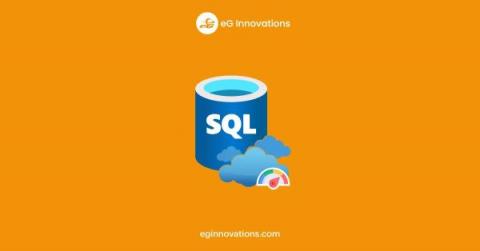Operations | Monitoring | ITSM | DevOps | Cloud
Cloud
The latest News and Information on Cloud monitoring, security and related technologies.
DERDACK SIGNL4 for Microsoft Sentinel, Defender for Cloud and more
Discover Database Servers In 3 Steps
I recently had a cloud migration client who was at the beginning stage of their discovery phase and looking to jump straight to “which database platforms should I be using in the cloud?” - a tall ask you might say, but following the three steps below they were able to discover and analyze all of their database servers in just two weeks.
Production testing: smoke tests with Cypress, CircleCI, and AWS
“Testing your production environment” refers to the practice of running tests on production servers, using actual data from real users. Production testing doesn’t replace other methods like unit or integration testing. Instead, it extends them. Smoke testing is one approach that Lumigo has implemented to test our own production environments.
Cloud Monitoring: A Complete Guide
Cloud monitoring is the process of tracking, reviewing, and managing the health and security of cloud-based systems and applications. Cloud monitoring is essential for any organization that relies on cloud-based applications and services. It provides visibility into the performance of these systems and can help identify potential issues before they cause downtime or data loss.
Resource Guide for InfluxDB and AWS
InfluxDB Cloud runs natively on AWS. This is great for users that already rely on AWS because it keeps everything (or at least most things, hopefully!) in one place. This can also reduce data latency, if the region you use is geographically close to your data sources. Plus, it’s super easy to get started using InfluxDB on AWS. One of the great things about AWS is that it has a ton of different services and features that allow you to do more with your data.
Hybrid cloud needs a strategic mindset and flexibility
Hybrid cloud is an increasingly popular strategy for organisations of every hue. According to a recent survey, 72% of respondents put their cloud strategy as being hybrid first. Hybrid cloud offers businesses the best of both worlds: the security, data control and reliability of the private cloud combined with the flexibility, elasticity, cost-effectiveness, and scalability of the public cloud.
Are You One of the 76% Failing in the Cloud? How to Do Kubernetes Right
A recent Wall Street Journal article cited a KPMG survey that showed that roughly 67% of 1,000 senior technology leaders at U.S. firms across industries said they have yet to see a significant return on cloud investments. The most common issues preventing a better return on cloud spending were insufficient skills of tech teams, additional security and compliance requirements, and a misalignment with expected outcomes, said Barry Brunsman, a principal in KPMG’s CIO Advisory group.
EC2 Instance Types 101: The Definitive Guide For 2022
Troubleshooting Azure SQL Database Performance Issues
When applications suffer performance degradation often the root cause of the issue is a database problem. In this guide we’ll show you 7 ways to troubleshoot your Azure SQL database performance issues using metrics and insights from the eG Enterprise monitoring solution.


